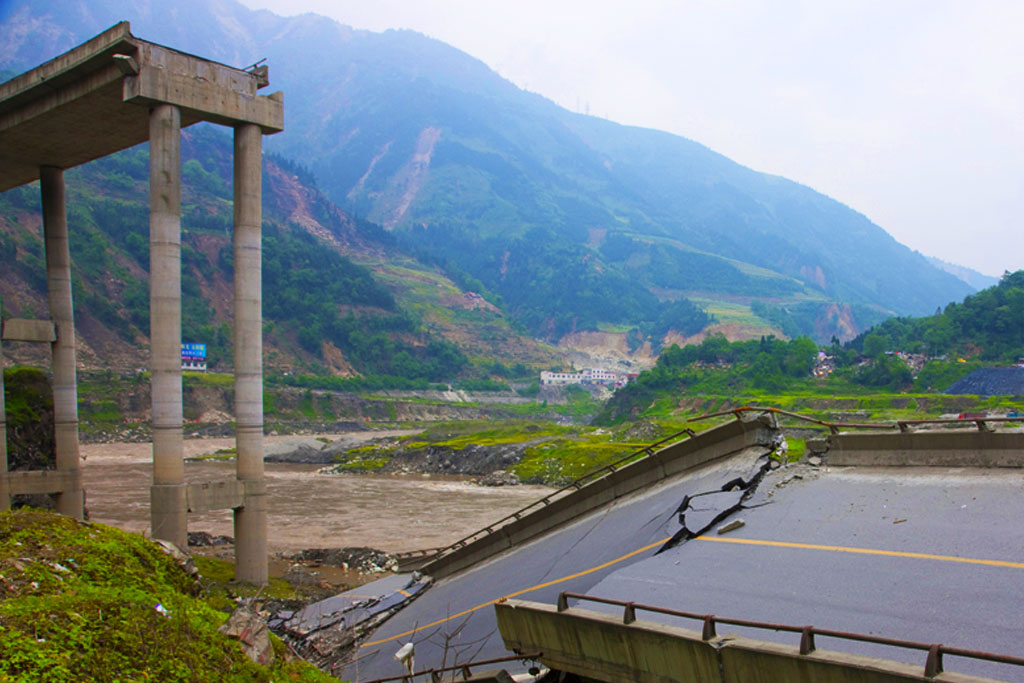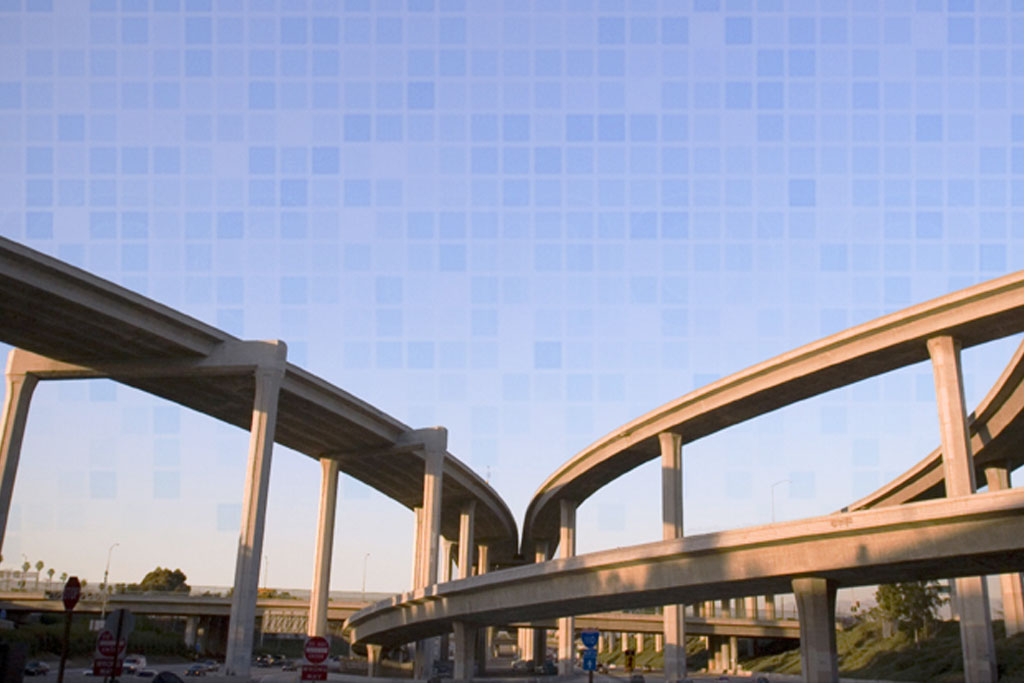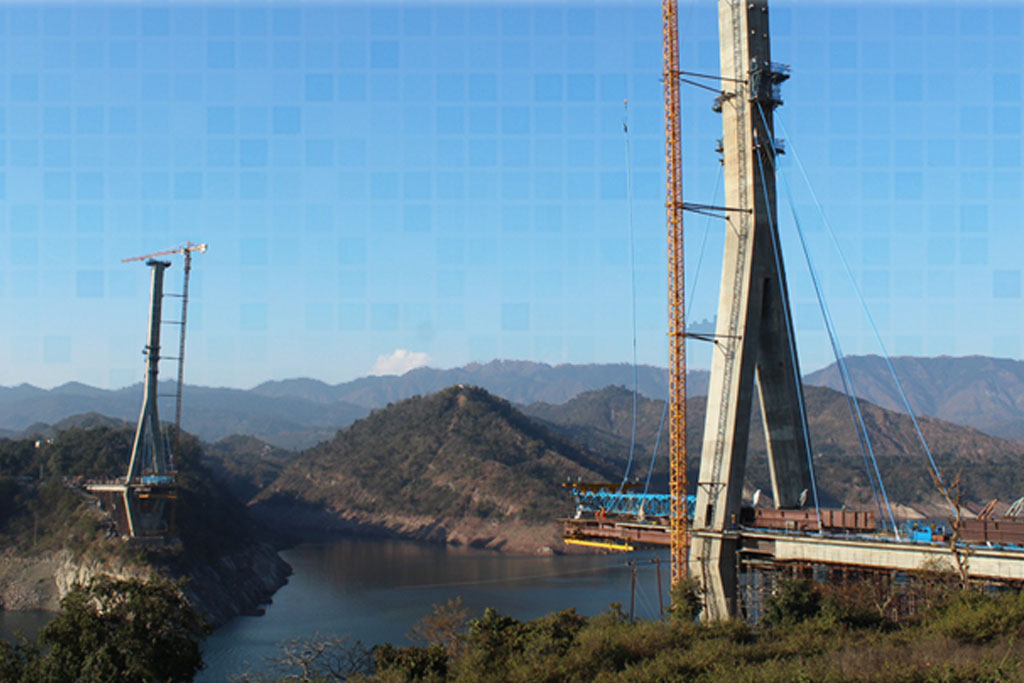Innovation in Seismic Analysis
The seismic features integrated into LARSA 4D are the product of collaborative efforts between the University of Buffalo's
National Center for Earthquake Engineering Research and LARSA, Inc.
LARSA 4D's Nonlinear Element Library
LARSA's inelastic and seismic element library is based on the works of Professor A.M. Reinhorn at the National Center for Earthquake Engineering Reseach and Professor M. Sivaselvan at the University of Buffalo.
Eigenvalue & Response Spectrum Analysis
When eigenvalue analysis is run within a staged construction analysis, modal results are based on the deformed and stressed state of the structure at any point during construction. A response sepectrum curve can be created automatically using USGS seismic data, or any custom RSA curve can be entered. The inelastic analysis tools developed through this collaboration provide engineers new capabilities for seismic and collapse analysis. Supporting the latest specificatons for AASHTO Seismic Bridge Design, LARSA 4D can implement simultaneous curves in three perpendicular directions.
Plastic Pushover Analysis
Plastic pushover performs a nonlinear analysis on a load case, continuously increasing the loading on the structure until a stopping criterion is met, such as a maximum displacement at a particular joint in a particular direction.

LARSA 4D's Response Spectrum Curve Generator
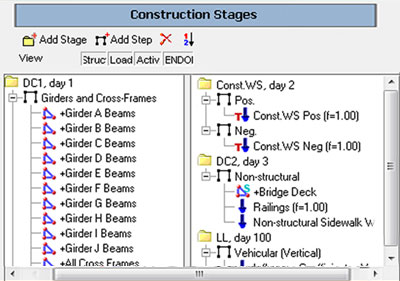
4D Staged Analysis
In LARSA 4D seismic analysis options such as pushover, eigenvalue, response spectrum analysis, and time history analysis can be performed at any step in a staged analysis. For advanced structural analysis, geometric nonlinearilty and material nonlinearity can be included at every analysis step, with time dependent material effects taken into account.
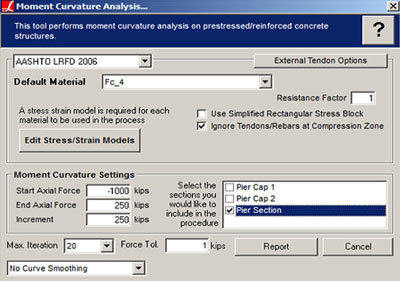
Moment Curvature Analysis
Moment curvature analysis determines axial force based nonlinear moment-curvature behavior of a cross-section which is then assigned to a hysteretic beam element in LARSA 4D. Moment-curvature analysis determines the inelastic properties of a reinforced concrete cross-section to establish the displacement capacity using pushover or time history analysis.
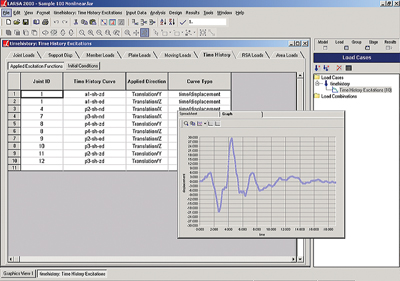
Nonlinear Time History
LARSA's nonlinear time history analysis uses a combination of the Newmark-Beta time integration algorithm and the full Newton-Raphson method using iterations within each integraion time-step. Graphical tools for plotting displacements, force and other time history results are easy to use and provide many output options.
Varying levels of seismic analysis capabilities are included in following LARSA 4D BRIDGE SERIES packages:

